BioFI PIs
Laura Duncanson
Department of Geographical Science, University of Maryland
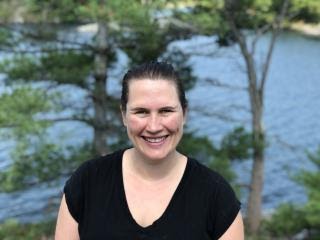 Laura Duncanson is a remote sensing scientist with research interests in forest ecology, biomass mapping and monitoring. She primarily uses lidar remote sensing to study forest structure from local to global scales. As a member of NASA’s GEDI and ICESat-2 science teams she is heavily involved in the production of global-scale forest biomass products. She is interested in policy relevant applications of remote sensing data, particularly toward climate mitigation and forest conservation.
Laura Duncanson is a remote sensing scientist with research interests in forest ecology, biomass mapping and monitoring. She primarily uses lidar remote sensing to study forest structure from local to global scales. As a member of NASA’s GEDI and ICESat-2 science teams she is heavily involved in the production of global-scale forest biomass products. She is interested in policy relevant applications of remote sensing data, particularly toward climate mitigation and forest conservation.
Brian J. Enquist
Department of Ecology and Evolutionary Biology, The University of Arizona

Brian is a Professor in the Department of Ecology and Evolutionary Biology at the University of Arizona. He is also an external Professor at the Santa Fe Institute, a theoretical research institute dedicated to the multidisciplinary study of the fundamental principles of complex adaptive systems, including physical, computational, biological, and social systems. He is the Co-director and founder of the Bridging Biodiversity and Conservation Science group at the University of Arizona. Brian is a broadly trained plant biologist and ecologist. His collaborative lab group strives to develop a more integrative, quantitative, and predictive framework for biology, biodiversity Science and large-scale ecology. In particular, his lab aims to link biological measures across spatial and temporal scales in ecology and evolution.
Amy E. Frazier
Arizona State University

Amy Frazier is an Associate Professor in the School of Geographical Sciences and Urban Planning, a core faculty member in the Spatial Analysis Research Center (SPARC) and the Center for Global Discovery and Conservation Science, an affiliate faculty in the Center for Biodiversity Outcomes, and a Senior Sustainability Scientist in the Julie Ann Wrigley Global Institute of Sustainability at Arizona State University. She also serves as the Associate Director for Geospatial Research and Solutions.
Amy’s research focuses on the integration of remote sensing, computational spatial science, and landscape ecology to study global environmental change. Specifically, she investigates how advances in GIS and remote sensing classification science can be used to overcome the challenges that result when using remote sensing or aggregated GIS data to study ground-based phenomena at different spatial scales. She applies these methods to help protect our planet.
Cory Merow
Eversource Energy Center and Department of Ecology and Evolutionary Biology, University of Connecticut

Cory is a quantitative ecologist interested in forecasting population, community, and ecosystem responses to environmental change. Even the best data sets are imperfect for predicting global change responses, so he develops tools to combine data sources to gain insights into how biological systems may change.
BioFI Team
Manos Anagnostou
University of Connecticut

Manos is Board of Trustees Distinguished Professor of Civil and Environmental Engineering and Eversource Energy Endowed Chair of Environmental Engineering. My research interests lie at the intersection of remote sensing with hydrology and hydrometeorology, with particular focus on the nexus of climate and weather extremes and water-energy-food systems and associated impacts on human security.
Diogo Araujo
Department of Mechanical and Civil Engineering, Florida Institute of Technology
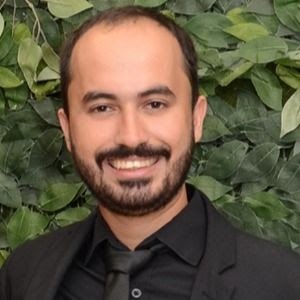
Diogo is a PhD Student at the Department of Mechanical and Civil Engineering at Florida Institute of Technology. His work focuses on the analysis of changes in hydrologic extremes characteristics, such as droughts, under future climate projections. Specifically, he applies a statistical framework to identify drought events and its main characteristics (severity, duration, frequency) on climate data from remote sensing and global climate models (GCM) datasets.
Teresa Bohner
Postdoctoral researcher, Department of Ecology and Evolutionary Biology, University of Arizona

Teresa is interested in how plant communities are responding to a changing climate with a focus on forest responses to drought. She brings a background in population and community ecology as well as dendrochronology.
Adam Chmurzynski
PhD student, Department of Ecology and Evolutionary Biology, University of Arizona
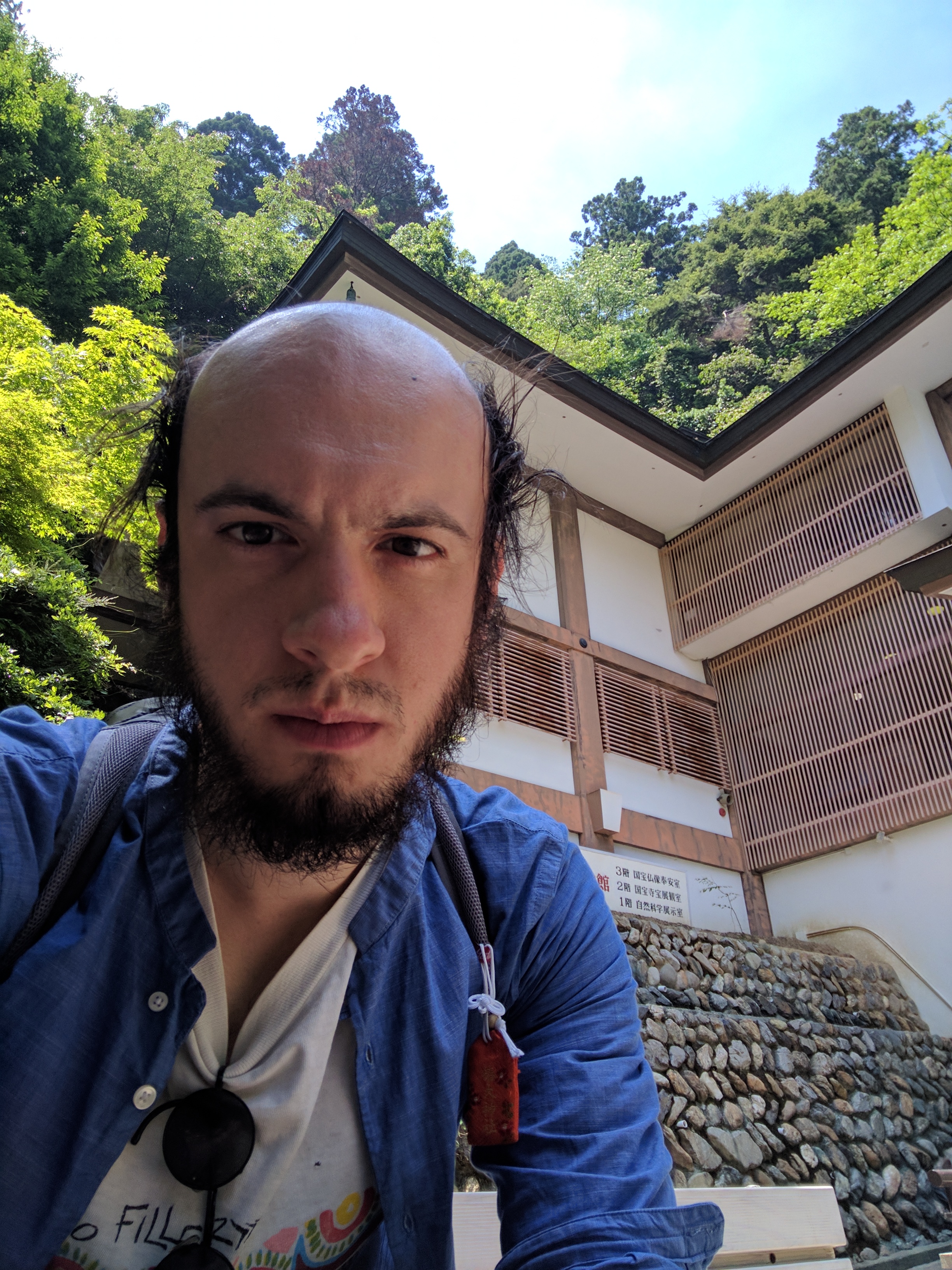
Adam brings a background in computer science to environmental science and education by creating new ways of visualizing and interacting with biodiversity data. He is creating an interactive web visualization depicting the present and future locations of hundreds of thousands of species on Earth, as well as other regional and global forecasting outputs of the Institute. A prototype of this tool won a grand prize in the Michael H. Freilich Student Visualization Competition at AGU 2020.
Derek Corcoran
Aarhus University
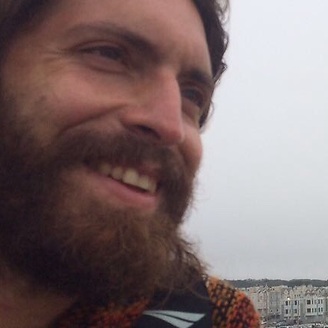
Nicola Falco
Research scientist, Earth and Environmental Sciences Area, Lawrence Berkeley National Laboratory
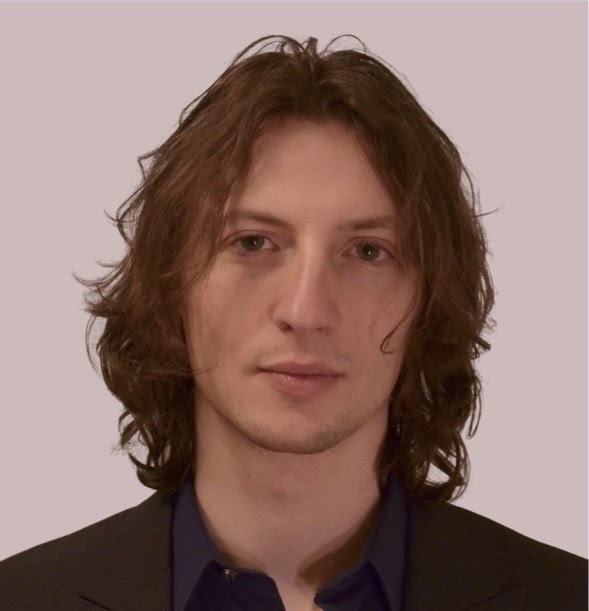
Nicola is an Earth research scientist at the Earth and Environmental Sciences Area at Lawrence Berkeley National Laboratory. Nicola’s research focuses on remote sensing data analysis and processing with applications in environmental monitoring, climate change, and precision agriculture. Its work concentrates on the development of methodologies for multi-source, multi-modal data analysis and integration of remote sensing (hyperspectral, LiDAR, high-resolution) with in-situ measurements, as well as geophysical data, to investigate key environmental drivers in both natural and managed ecosystems.
Xiao Feng
Assistant Professor, Department of Geography, Florida State University
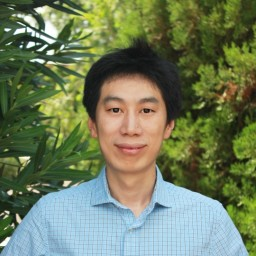
Xiao Feng is a quantitative ecologist and biogeographer, interested in macroecological patterns (e.g. biogeography & biodiversity) and emerging environmental issues under global change. He mainly uses statistical models and computational informatics to answer ecological and biogeographic questions in a broad spatial context.
Nico Franz
Arizona State University
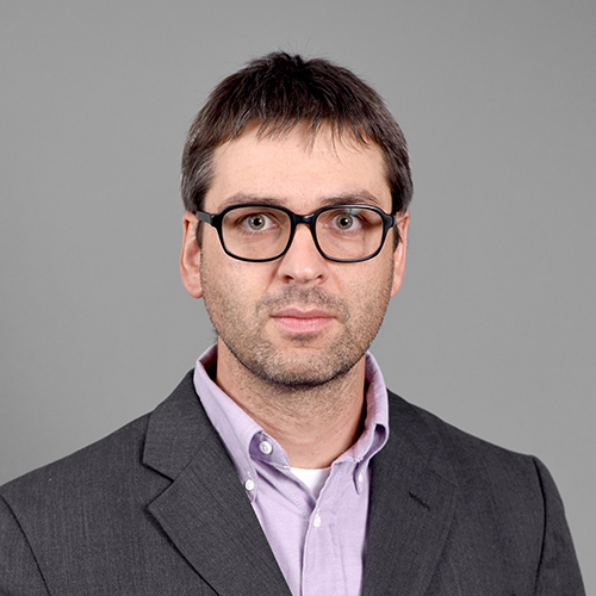
Nico Franz is a Professor and Curator of Insects in the School of Life Sciences at Arizona State University. His research focuses on the systematics and evolutionary history of weevils (plant-feeding beetles). Nico is also an academic leader of the popular Symbiota software platform for publishing and networking biocollections data. He directs the ASU Biocollections and Biodiversity Knowledge Integration Center (BioKIC), and is the principal investigator of the National Ecological Observatory Network (NEON) Biorepository.
Lee Hannah
Senior Scientist, Climate Change Biology, Moore Center for Science, Conservation International
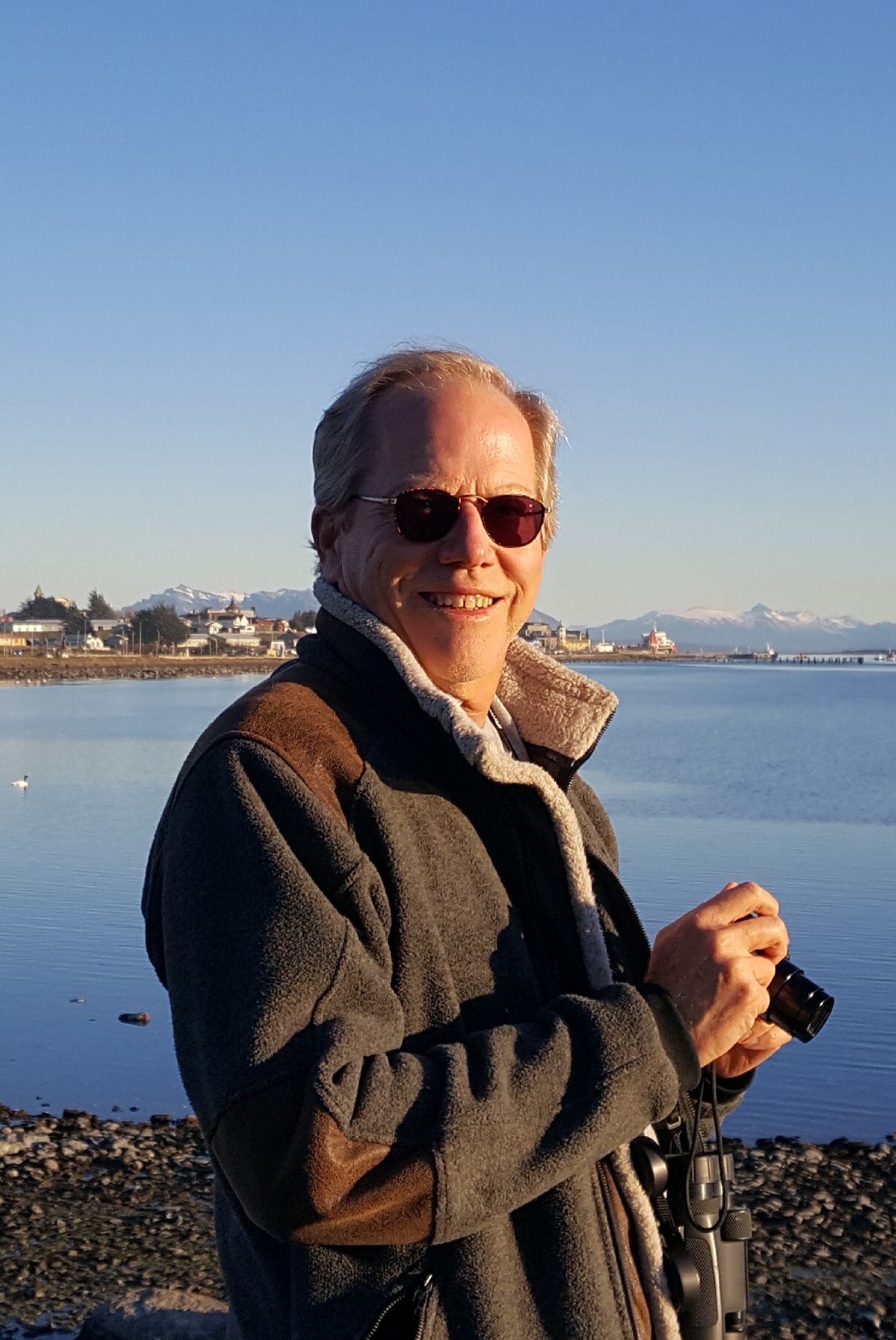
Lee Hannah is the senior scientist in climate change biology at Conservation International’s Betty and Gordon Moore Center for Science, where he leads the organization’s efforts to develop conservation responses to climate change and pandemic prevention.
Lee has worked with leading health and disease experts to identify ways in which pandemics can be reduced by better caring for tropical forest communities and nature. He is best known for his work on species on the move due to climate change, in both marine and terrestrial ecosystems – and is currently leading collaborative project that is investigating the role of ocean fronts in dynamic marine conservation and management. He collaborates with scientists around the world working on species on the move, climate change biology, and pandemic prevention. Lee is based at the Bren School of Environmental Science and Management at the University of California, Santa Barbara, where he is also an adjunct professor.
He is the editor of “Biodiversity and Climate Change,” with conservation biologist Thomas Lovejoy that captures the impacts of climate breakdown on the natural world, and “Climate Change Biology,” the first undergraduate text on the topic. Lee is the author of nearly 100 peer-review research papers in a range of publications, from Nature to PNAS.
Kang He
University of Connecticut
Kang He is a Ph.D. student at UConn. He is working with a machine-learning based fire severity prediction model to link weather variables to burned severity. He is also working on a statistical-learning based recovery model to evaluate the post-fire flood impact on vegetation recovery. Simultaneously, he is simulating multi-decadal snowmelt in the western Colorado basin using a distributed hydrological model.
Benjamin Hemingway
Postdoctoral Research Scholar, School of Geographical Sciences and Urban Planning, Arizona State University
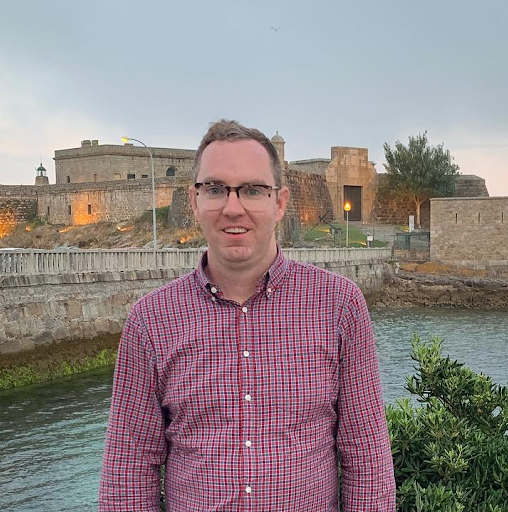
Benjamin has research interests in remote sensing and spatial statistics. He has experience utilizing unmanned aircraft systems and ground-based measurements to uncover the scales at which environmental processes are operating.
Cesar Hinojo Hinojo
Postdoctoral researcher, Department of Ecology and Evolutionary Biology, The University of Arizona
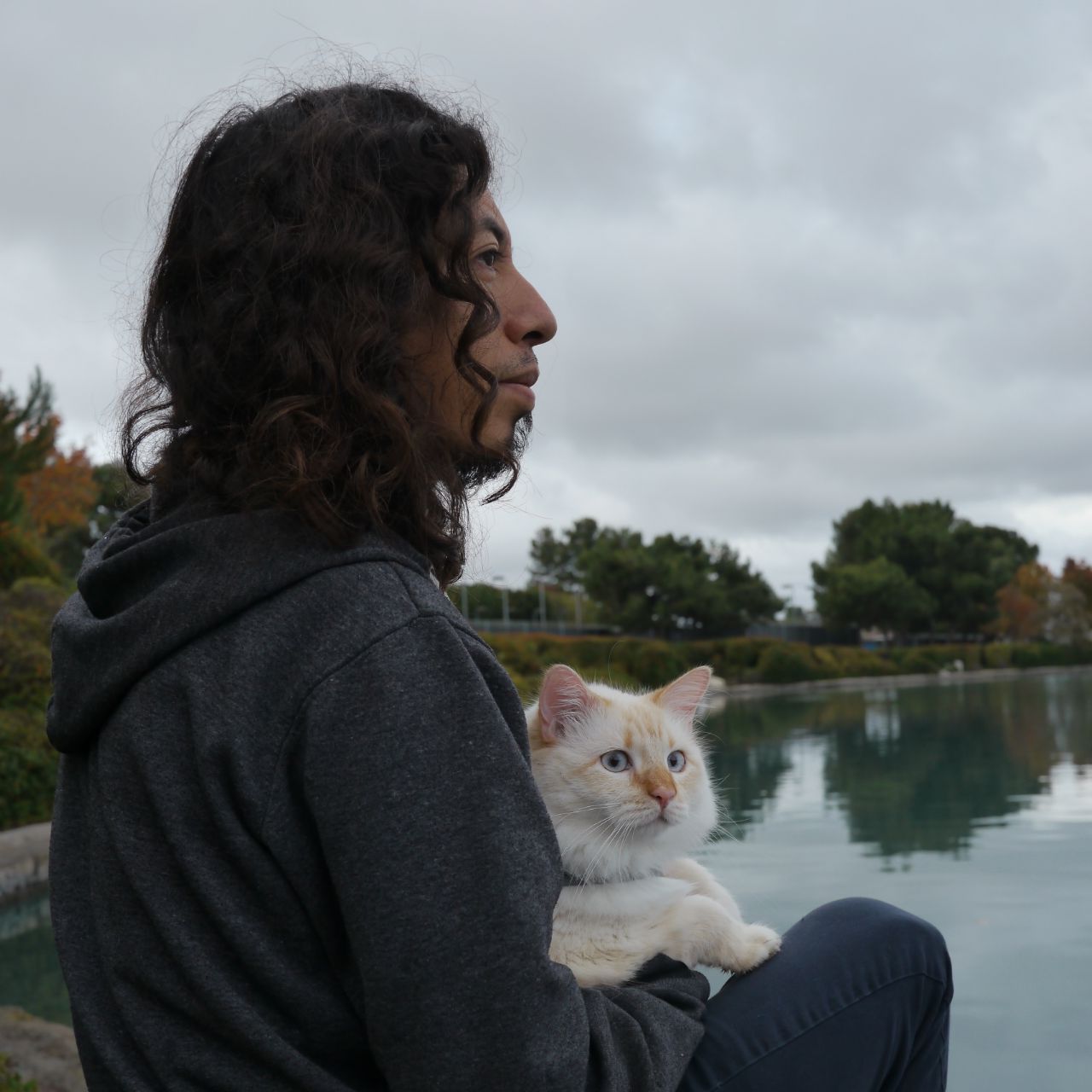
Cesar is a plant ecophysiologist focusing on integrating physiological processes, plant traits and remote sensing to improve our understanding and assessment of ecosystem function across space and time. He is currently developing new approaches to leverage the long record of multispectral satellite imagery to assess long-term shifts in leaf traits across the globe and integrating these new approaches to improve ecosystem process estimates.
Brian S. Maitner
Postdoctoral Scholar, Department of Ecology and Evolutionary Biology, University of Connecticut
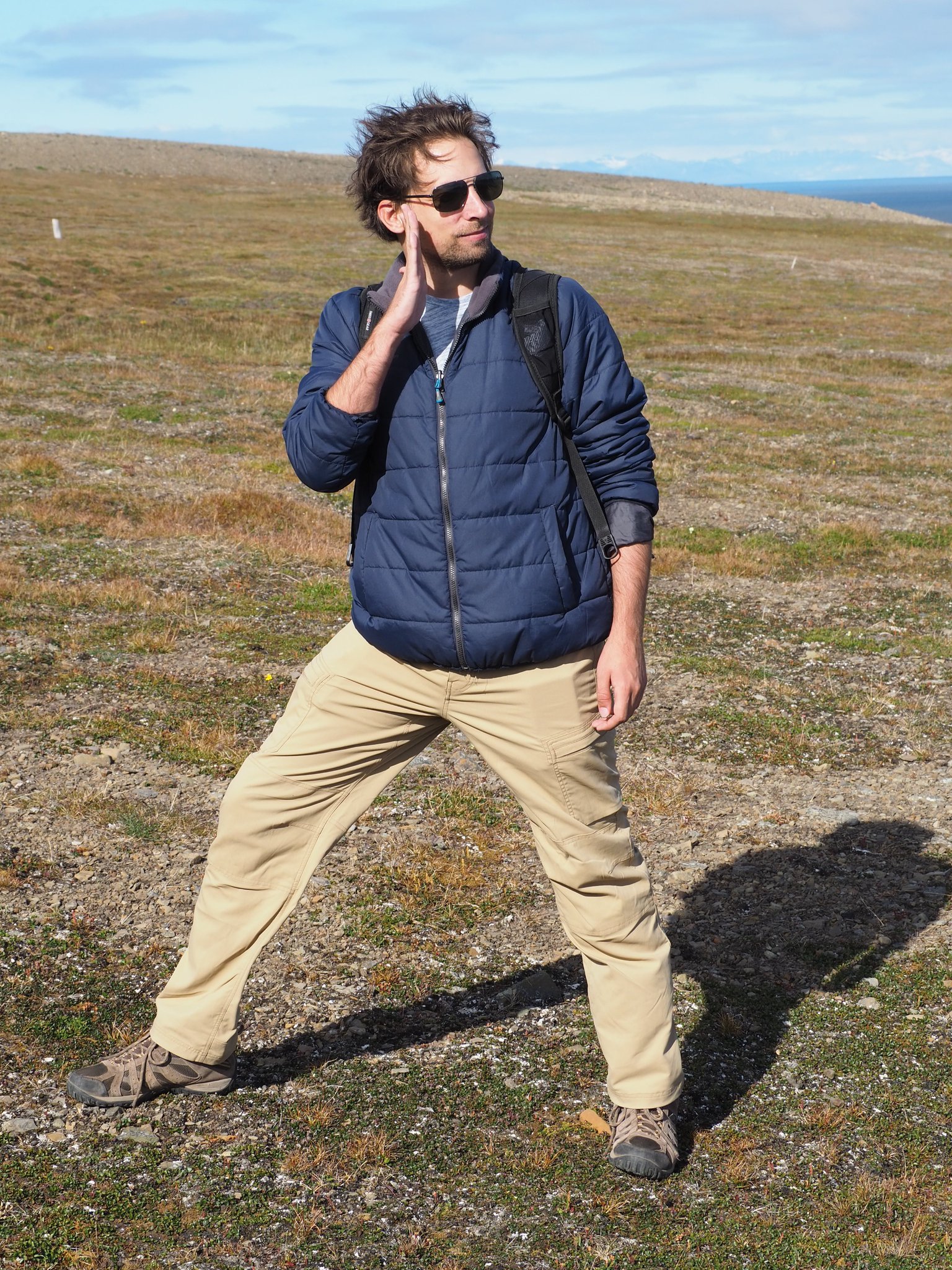
Brian is a macroecologist and community ecologist who is interested in the origin, maintenance, and conservation of biodiversity. He focuses on phylogenetic and trait-based approaches to quantifying diversity, and is interested in generalities across different systems.
Nirav Merchant
University of Arizona
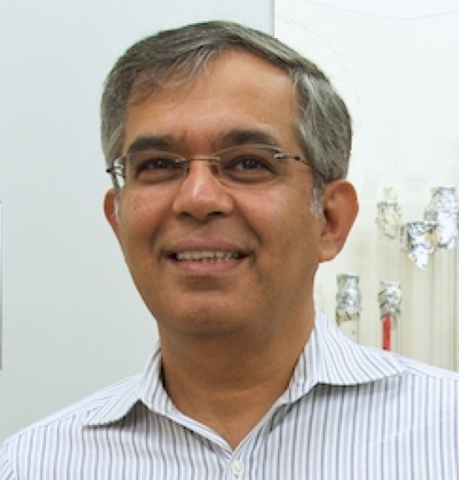
Nirav Merchant is the Co-PI for NSF CyVerse a national scale Cyberinfrastructure for life sciences and NSF Jetstream the first user-friendly, scalable cloud environment for NSF XSEDE. His research is directed towards developing scalable computational platforms for supporting open science and open innovation, with emphasis on improving research productivity for geographically distributed interdisciplinary teams. His interests include data science literacy, large-scale data management platforms, data delivery technologies, managed sensor and mobile platforms for health interventions, workforce development, and project based learning.
Thymios Nikolopoulos
Florida Institute of Technology

Thymios is Assistant Professor in Hydrology and Water Resources at the department of Mechanical and Civil Engineering at Florida Institute of Technology. His work focuses on the integration of climate data from remote sensing and global climate models with numerical and statistical modeling to advance understanding and predictability of the changes of water cycle components. Specifically, he develops global hazard layers and utilizes state-of-art statistical approaches to investigate the changes in severity, duration and frequency of climate extremes and associated hazards (droughts and floods) at global scale.
Patrick R. Roehrdanz
Senior Manager – Climate Change and Biodiversity, Moore Center for Science, Conservation International

Patrick R. Roehrdanz is the Senior Manager – Climate Change and Biodiversity at Conservation International, where he examines how and where to effectively conserve the world’s biodiversity as species and ecosystems respond to a changing climate. Patrick was the manager of the SPARC project which convened over 150 scientists and conservation practitioners from the mega-diverse tropics through a series of stakeholder engagement meetings to examine how the science of conservation in the face of climate change can be translated to policymaking, management, and implementation. Patrick has over a decade of experience with climate change analysis including species distribution modeling, ecosystem services impact evaluation, climate change vulnerability assessments, agricultural suitability modeling and conservation prioritization. He is also involved in wide-ranging projects at Conservation International on topics including sustainable supply chain management, ecosystem accounting and valuation, planning for natural climate solutions, mapping the earth’s irrecoverable carbon stocks and prioritization of restoration projects.
Elizabeth B.-N. Sanders
Department of Design, The Ohio State University
Liz Sanders is a visionary in co-design research, having introduced many of the tools, techniques and methods being used today to drive and/or inspire design from a human-centered perspective. Liz has practiced co-designing across all the design disciplines. Her current focus is on bringing participatory design thinking and co-creation practices to the challenges we face for the future.
Xinyi Shen
University of Connecticut
Xinyi is a hydrologist and geographer. Based on numerical, AI, and statistical modeling using hydrometeorological and satellite remote sensing data, his current research focus is on the near-real-time (NRT) and forecast of flooding, the assessment and analysis of the socioeconomic impact of flooding, the risk of compound floods, and the interaction between natural disasters and ecology. He developed a few versions of distributed hydrological/land surface process models, a Synthetic Aperture Radar (SAR) based flood mapping system providing NRT maps to federal agencies and international natural disaster organizations, and the global distributed geomorphological dataset.
Haruko Wainwright
Lawrence Berkeley National Laboratory

Haruko Wainwright’s research focuses on environmental informatics, aiming to improve understanding and predictions in Earth and environmental systems through mechanistic modeling and machine learning. In particular, she has been developing methodology to integrate multi-type and multiscale datasets (e.g., point samples, geophysical data, and drone/airborne/satellite remote sensing data) for estimating spatially heterogeneous subsurface and ecosystem properties. She works on broader topics, including watershed science, Arctic ecosystem science, agricultural ecosystem science, environmental contamination and remediation, and radiation monitoring.
The BioFi Network
The interactive figure below depicts some of the collaborations (lines) among the members of the BioFI network (blue circles) and some of their extental collaborators (orange circles).